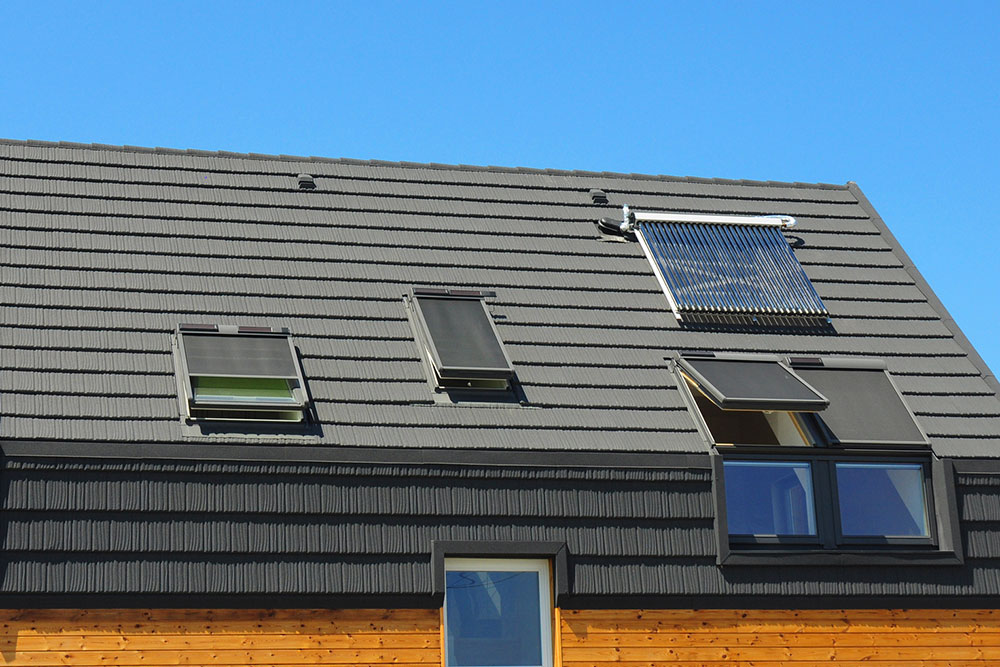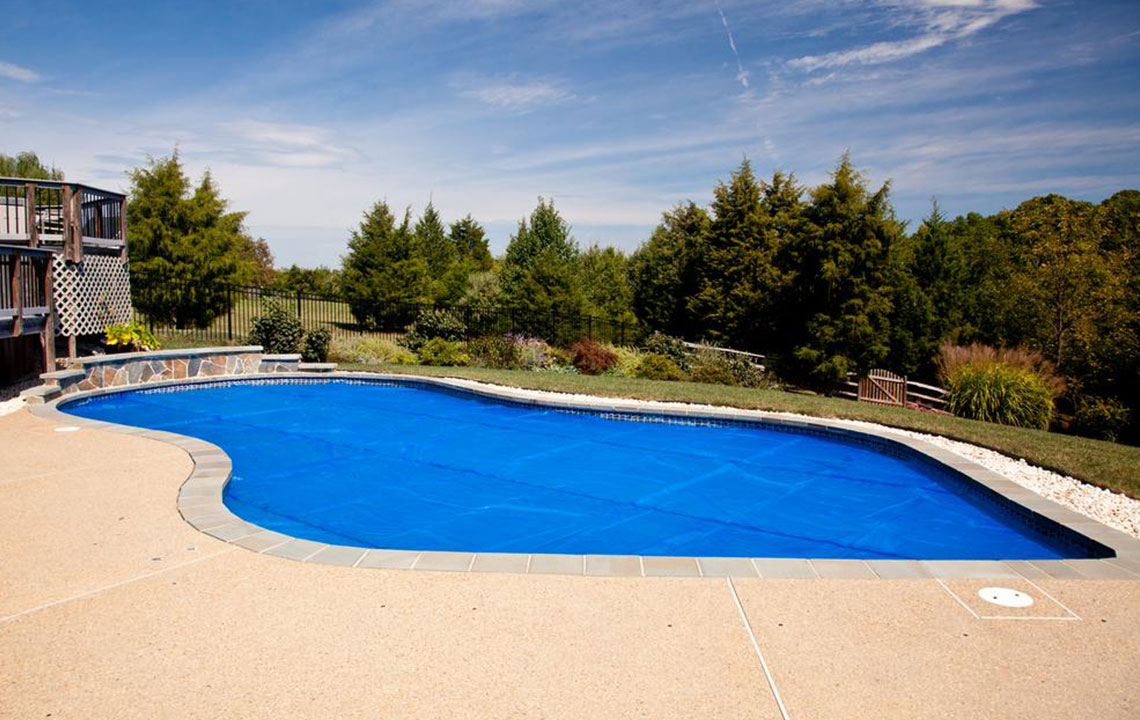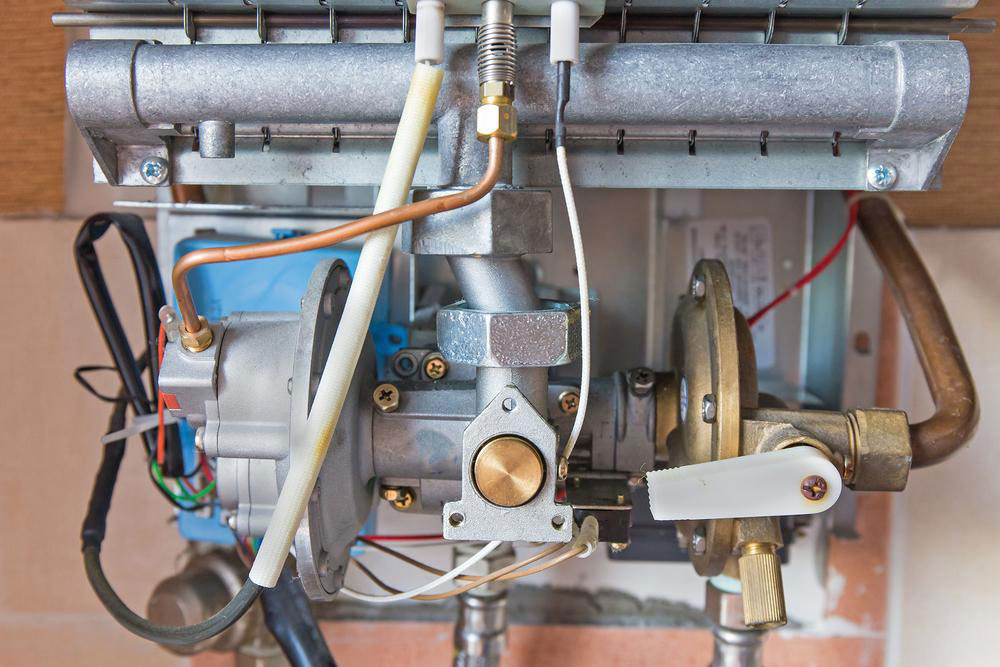Top Strategies for Choosing Energy-Efficient Windows
Discover effective tips for choosing energy-efficient windows that improve home comfort, reduce energy costs, and promote sustainability. Learn about proper installation, window coverings, material choices, and placement strategies to maximize efficiency and aesthetic appeal.

Top Strategies for Choosing Energy-Efficient Windows
Energy-efficient windows are designed to prevent the escape of warm or cool air, helping to maintain a consistent indoor climate. By reducing air leaks, these windows decrease the workload of your HVAC system, leading to lower energy bills. They also promote indoor comfort year-round and support eco-friendly living by cutting down on carbon emissions.
1. Pair with Interior Window Coverings Selecting the right curtains and blinds complements your energy-efficient windows. Thermal curtains trap heat during winter and block sunlight in summer, improving insulation. Blinds help control solar heat gain and heat retention, optimizing overall window performance.
Always check for the NFRC label when picking windows. The National Fenestration Rating Council provides ratings like Solar Heat Gain Coefficient (SHGC), U-value, and visible transmittance. These metrics help you select windows with optimal insulation, heat blocking, and natural light transmission, ensuring maximum efficiency.
2. Ensure Proper Installation and Placement Accurate installation is essential for optimal energy performance. Well-fitted windows prevent drafts, water leaks, and unnecessary energy use. Consider adding reflective, UV-blocking, or insulating coatings to enhance performance. Strategic window placement based on sunlight exposure and climate considerations also boosts energy savings and comfort.
Locating windows to minimize heat loss in colder areas or maximize solar gain in warmer regions can significantly impact energy consumption. Professional guidance during home design can help optimize placement for greater efficiency and comfort.
3. Choose the Right Window FramesMaterials like wood and fiberglass provide excellent insulation. Wooden frames have low thermal conductivity, helping retain indoor warmth, while fiberglass offers strong insulating properties. Selecting frames that match your aesthetic and functional needs contributes to overall home energy efficiency.
Different window styles also influence energy efficiency. For instance, casement windows seal tightly and are highly energy-efficient, while double-hung windows can be effective if properly sealed. Consider your climate, home architecture, and usability to select the best style for maximum energy savings and visual appeal.


